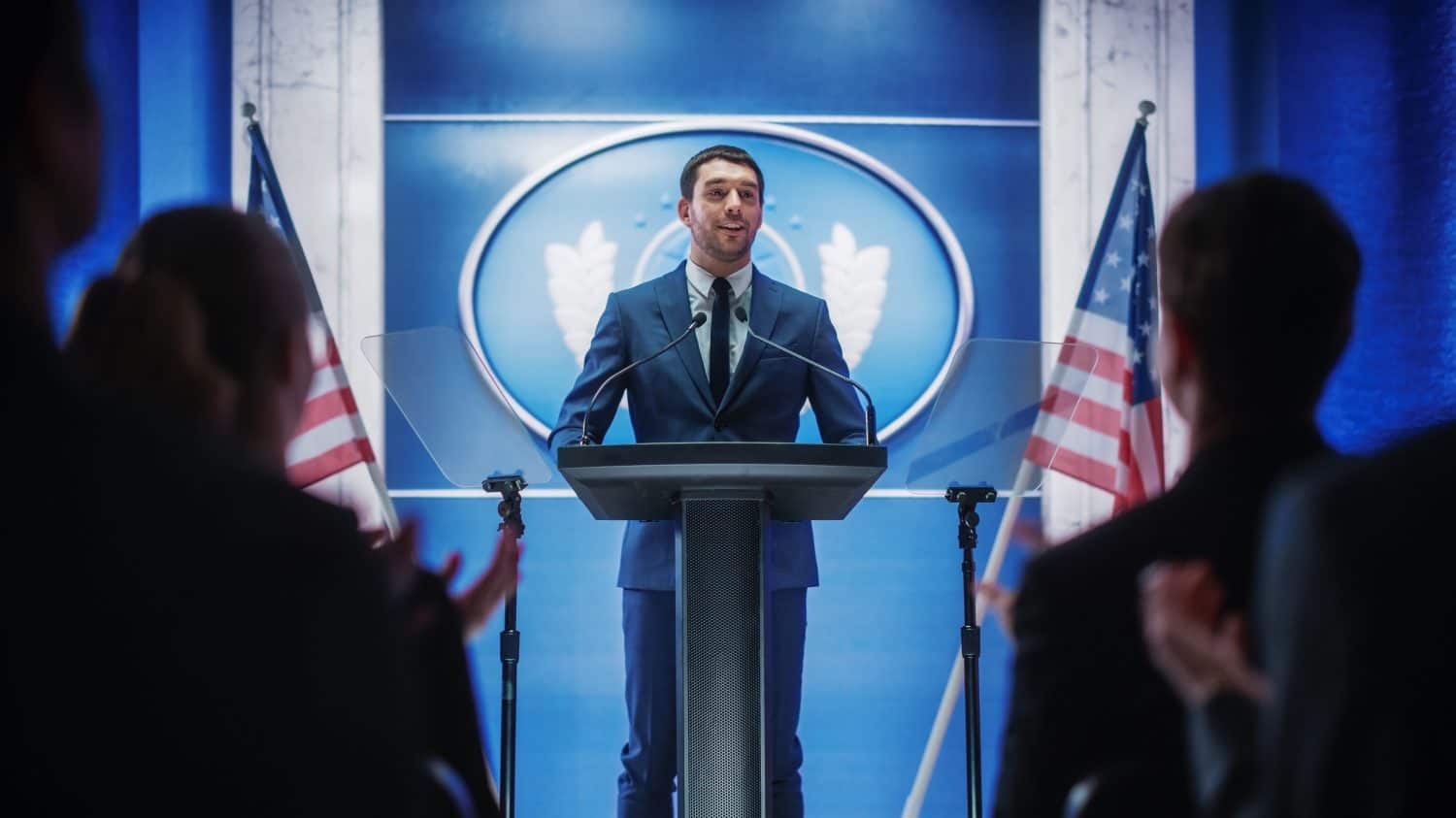
July 13 was a sunny summer Saturday in Butler, Pennsylvania—a perfect day for supporters to turn out to hear former President of the United States Donald Trump make his case for another term in office. A few minutes into his speech, 8 shots rang out, the candidate went down, and Secret Service agents rushed the stage. Tragically, one spectator died and two others sustained critical injuries, while Trump himself was bloodied by a shot that grazed his ear in a soberingly close near-miss.
President Biden said he was “sincerely grateful” that Donald Trump had survived and was recovering, and said “There is no place in America for this kind of violence — for any violence. Ever. Period. No exception. We can’t allow this violence to be normalized.” Well-spoken words, but how “normal” have presidential assassinations become in the United States? What have we learned from past assassination attempts, and how do we prevent them today? We’ve researched some answers from the United States Secret Service and other authoritative sources to inform you as you process this difficult situation.
How Assassinations Affect Everyone

Psychological Impact
Regardless of one’s political persuasion, it’s traumatizing when an assassination attempt happens to a political leader. Witnessing unexpected violence in person or even through the media can produce or exacerbate symptoms of PTSD in some people, including the young, previous victims of violence, and veterans. Although most of us have never met our political leaders, their ubiquitous media presence makes them feel like someone we know, making attacks on them feel even more personal. And that effect is of course multiplied many times over for those who are ardent supporters of that politician.
Confidence in Government
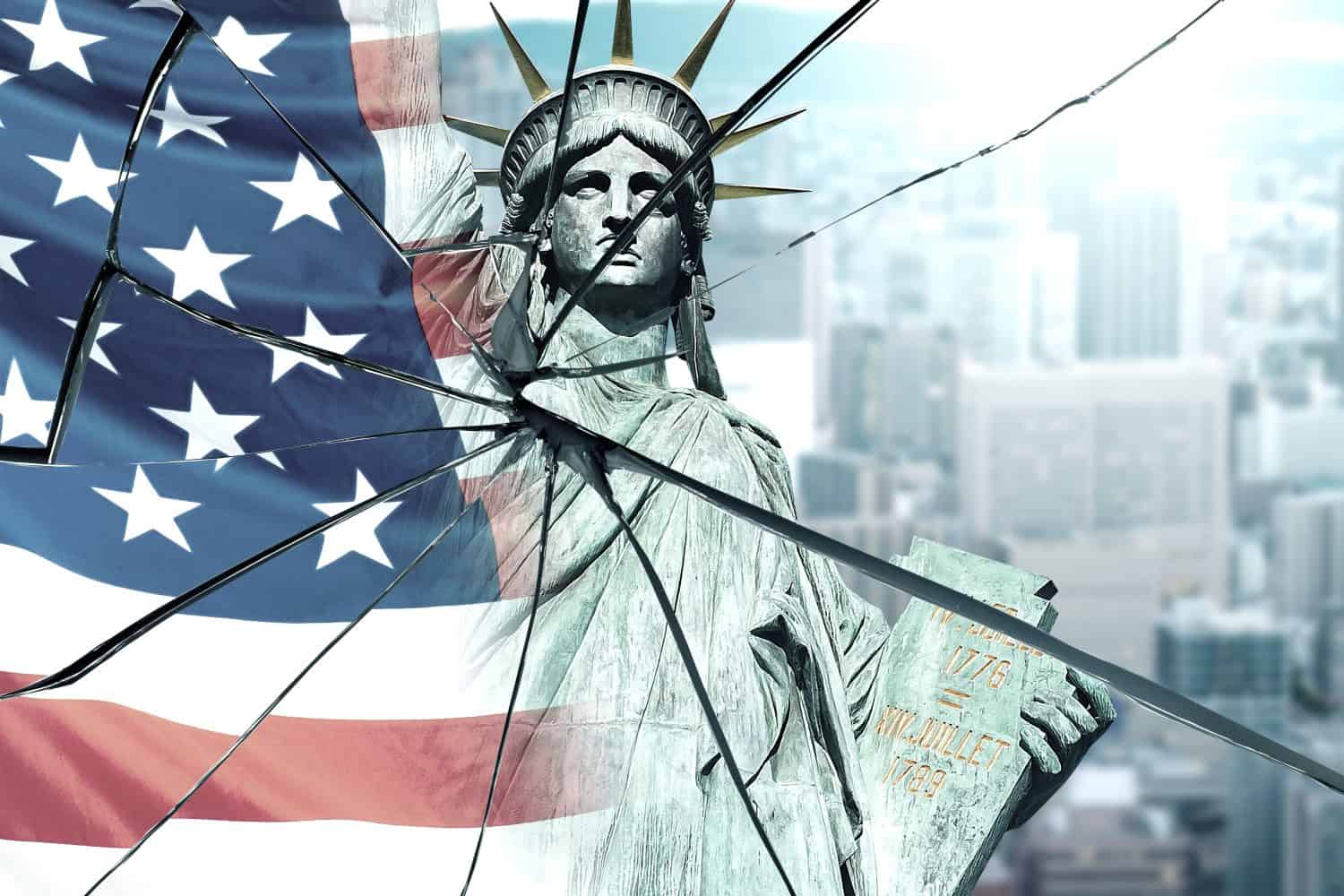
Assassination attempts can call into question the stability of our government and the safety of our country. If the most well-guarded citizens in the country are vulnerable to this kind of violence, is anyone really safe? Does this level of violence mean we are headed toward even worse social unrest? Can our government protect us . . . and itself?
Economic Repercussions

The market reacts quickly to unexpected events. The Dow fell 1.4% when news of the attempt on Trump’s life went public. Gold futures rose to a near-all-time high of $2,445 an ounce as investors sought a safe haven from potential economic instability. On the other hand, believing that the event would boost Trump’s popularity and reelection chances, other investors pumped up the price of Bitcoin and stocks like Tesla that were thought to benefit from Trump’s anticipated economic policies in a second term. Even for those who don’t particularly follow the news and aren’t investors, these kinds of shifts have a ripple effect throughout the economy that can impact ordinary people’s pocketbooks.
How Does the Secret Service Protect Presidents?
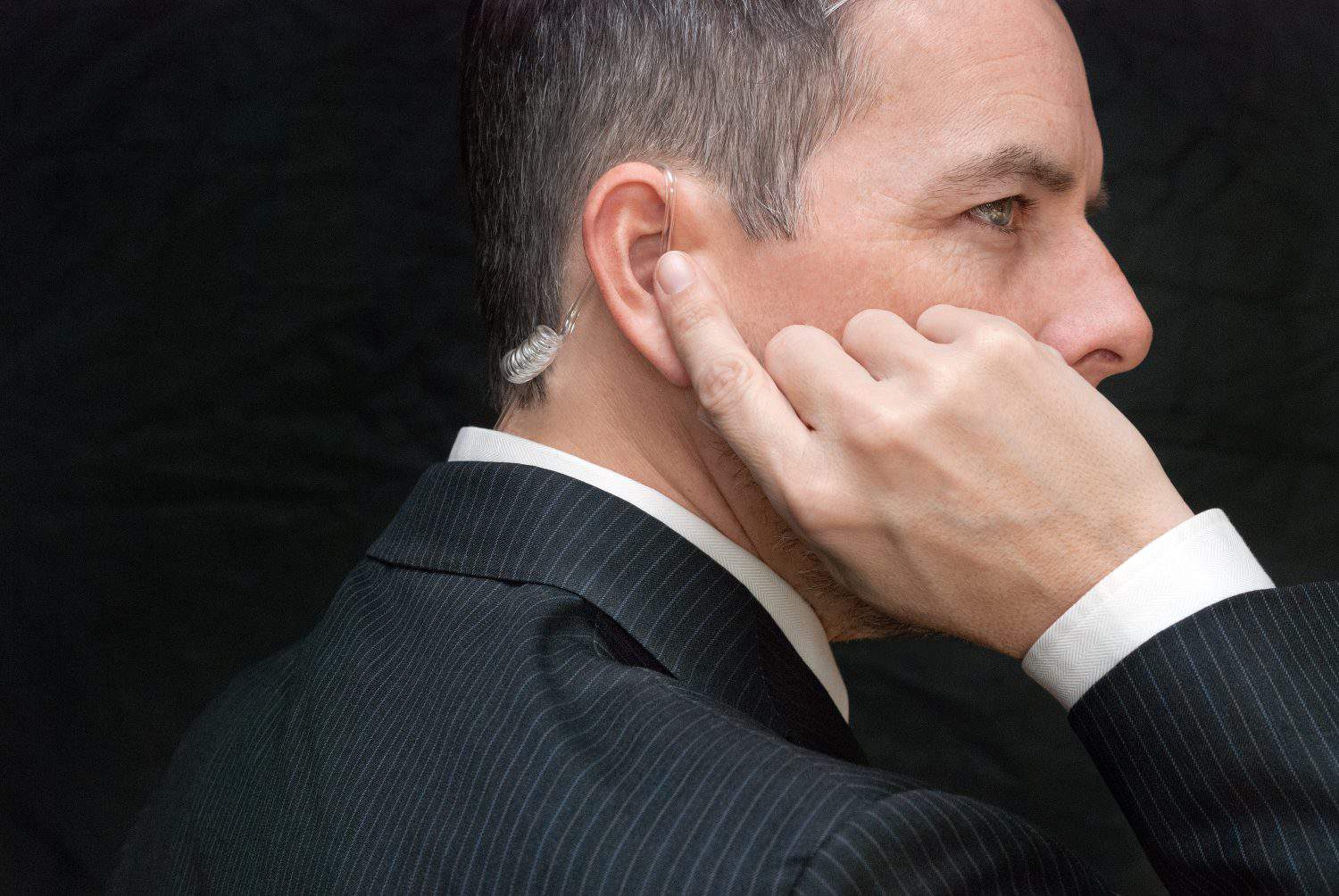
The United States Secret Service was formed a few months after the assassination of President Lincoln in 1865 and began permanently guarding Presidents after the assassination of President William McKinley. Protection was extended to major presidential candidates after the 1968 assassination of presidential candidate Robert F. Kennedy. Today, the Secret Service also protects former presidents and their spouses and children under 16, foreign leaders and their spouses visiting the U.S., and others as designated by presidential executive order.
To protect these leaders, the Secret Service gathers intelligence about potential threats, coordinates manpower and logistics with local law enforcement, pre-checks venues for security threats, and provides physical security for the White House, the Vice President’s home, and the Department of the Treasury. The Secret Service guards not only against shooters but assesses potential airborne threats and the possibility of unconventional attacks with chemical or biological agents. Breakdowns in security such as what happened with the Trump assassination attempt are thoroughly investigated both internally and under Congressional review.
Next is a list of all the attempted assassinations of U.S. Presidents and presidential candidates.
1. Andrew Jackson (1835)
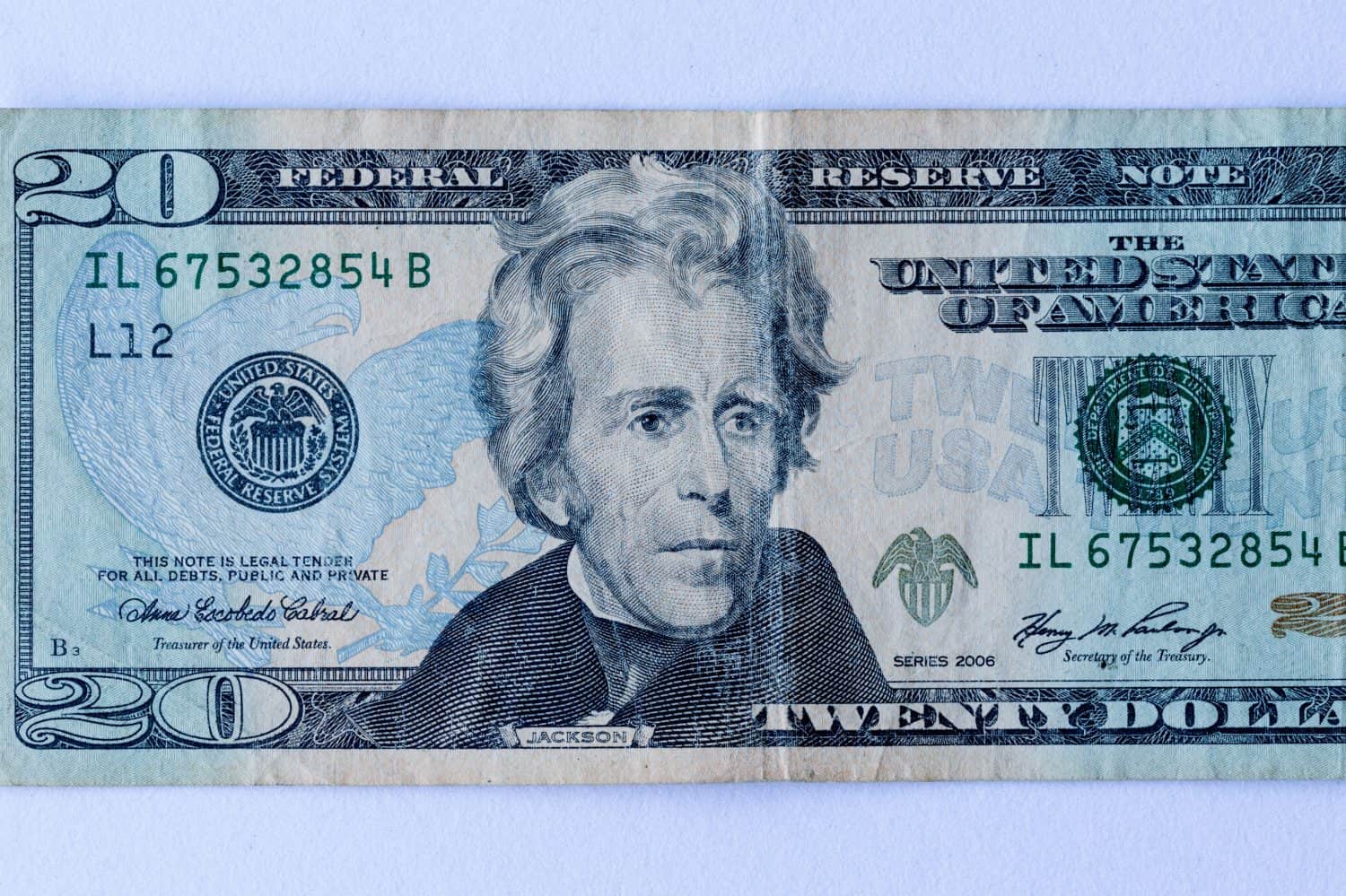
The first President to face an attempted assassination was Andrew Jackson. A man named Richard Lawrence who thought he was the heir to the throne of England tried to shoot the President at the United States Capitol building. He had two pistols, but both misfired and Jackson was unharmed.
2. Abraham Lincoln (1865)
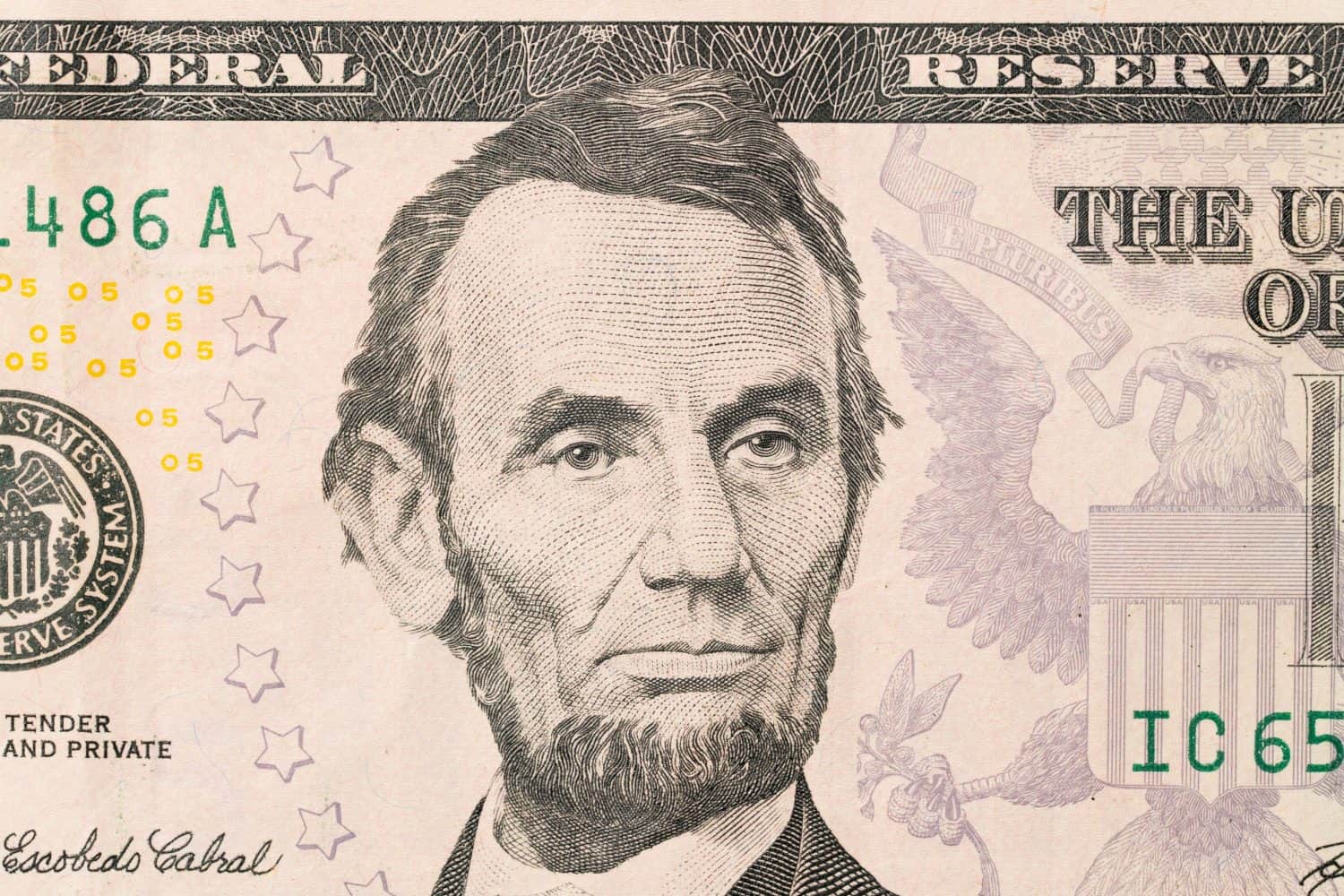
The first President who died by an assassin’s bullet was Abraham Lincoln. He was shot as he watched a play at Ford’s Theatre in Washington, D.C., and died the next morning. Actor John Wilkes Booth, a supporter of the Confederacy, committed the crime and was tracked down and killed 12 days later.
3. James Garfield (1881)
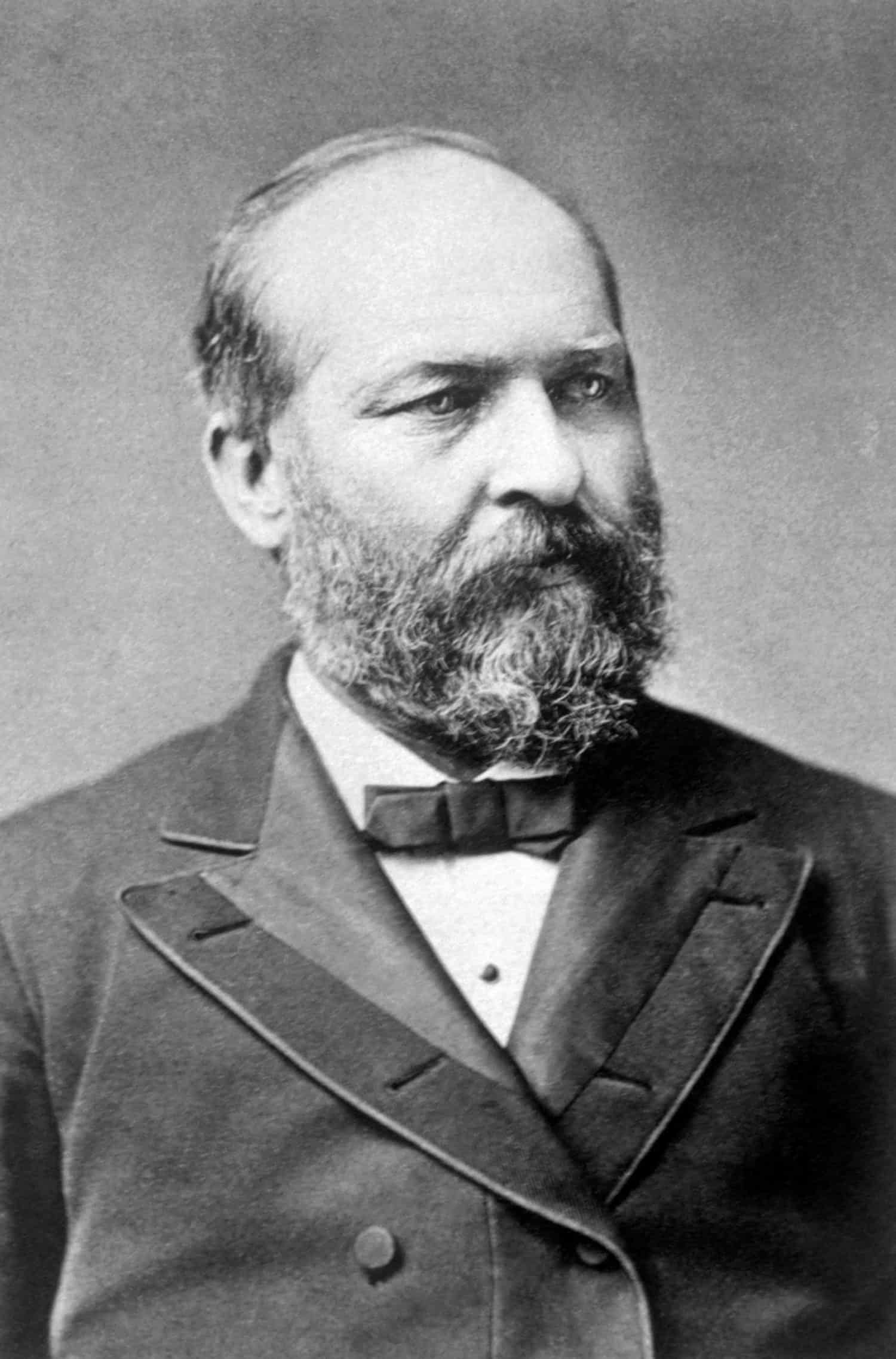
The 20th President of the United States, James A. Garfield, was shot and killed just six months into his first term of office. Charles J. Guiteau shot him at a railroad station in the capital. The President might have survived, given better medical care, but unsanitary procedures by his doctors led to an infection that he died from two months later.
4. William McKinley (1901)

President William McKinley was shot by an anarchist named Leon Czolgosz at the Pan-American Exposition in Buffalo. He died 8 days later and Vice President Theodore Roosevelt assumed the office of President.
5. Theodore Roosevelt (1912)
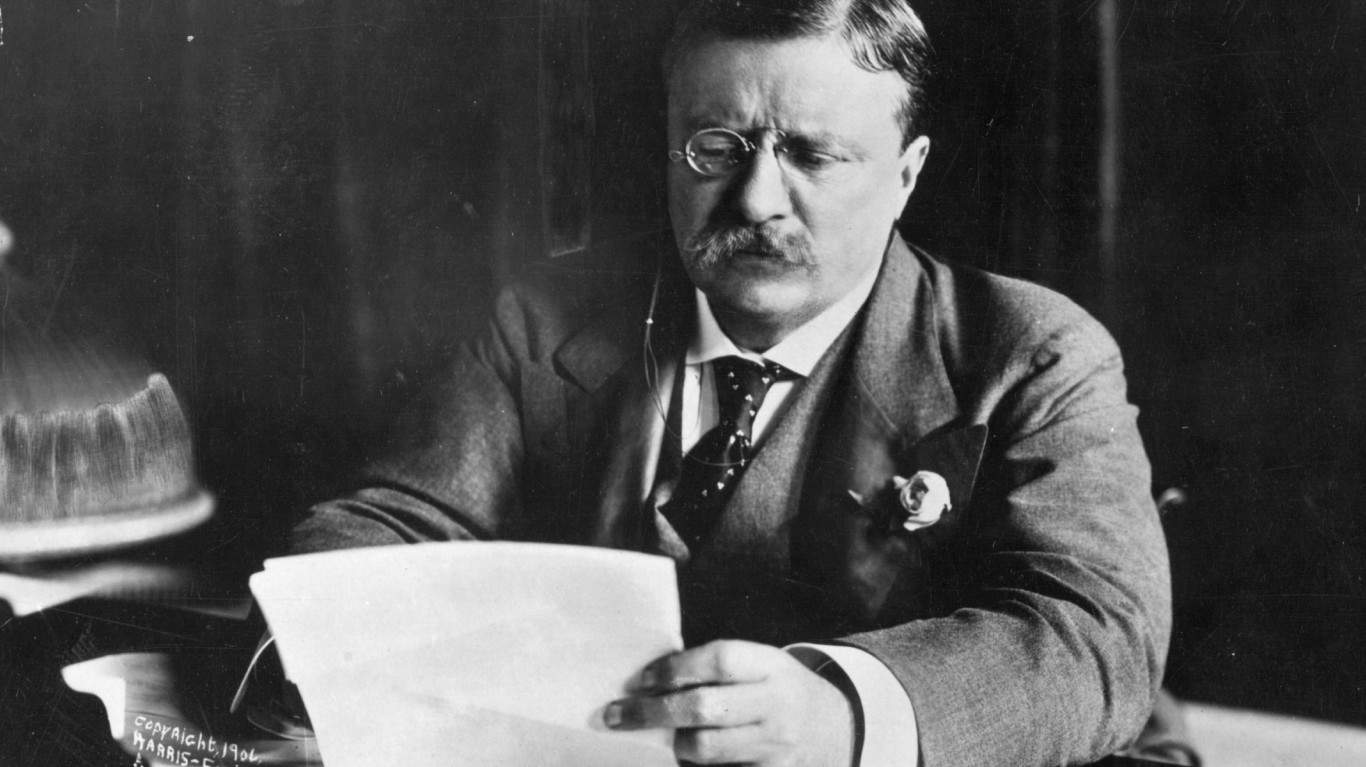
In 1912, former President Theodore Roosevelt ran for office again and was campaigning in Milwaukee. A saloonkeeper named John Schrank shot him but the bullet was slowed down by a steel eyeglass case and a 50-page thick folded copy of his speech. From his hunting experience, Roosevelt knew because he was not coughing blood that the bullet had not reached his lung. So, incredibly, he proceeded to give his speech, saying “It takes more than that to kill a Bull Moose.” Doctors concluded removing the bullet would be too dangerous, so the President lived with it lodged in his chest the rest of his life.
6. Franklin Roosevelt (1933)
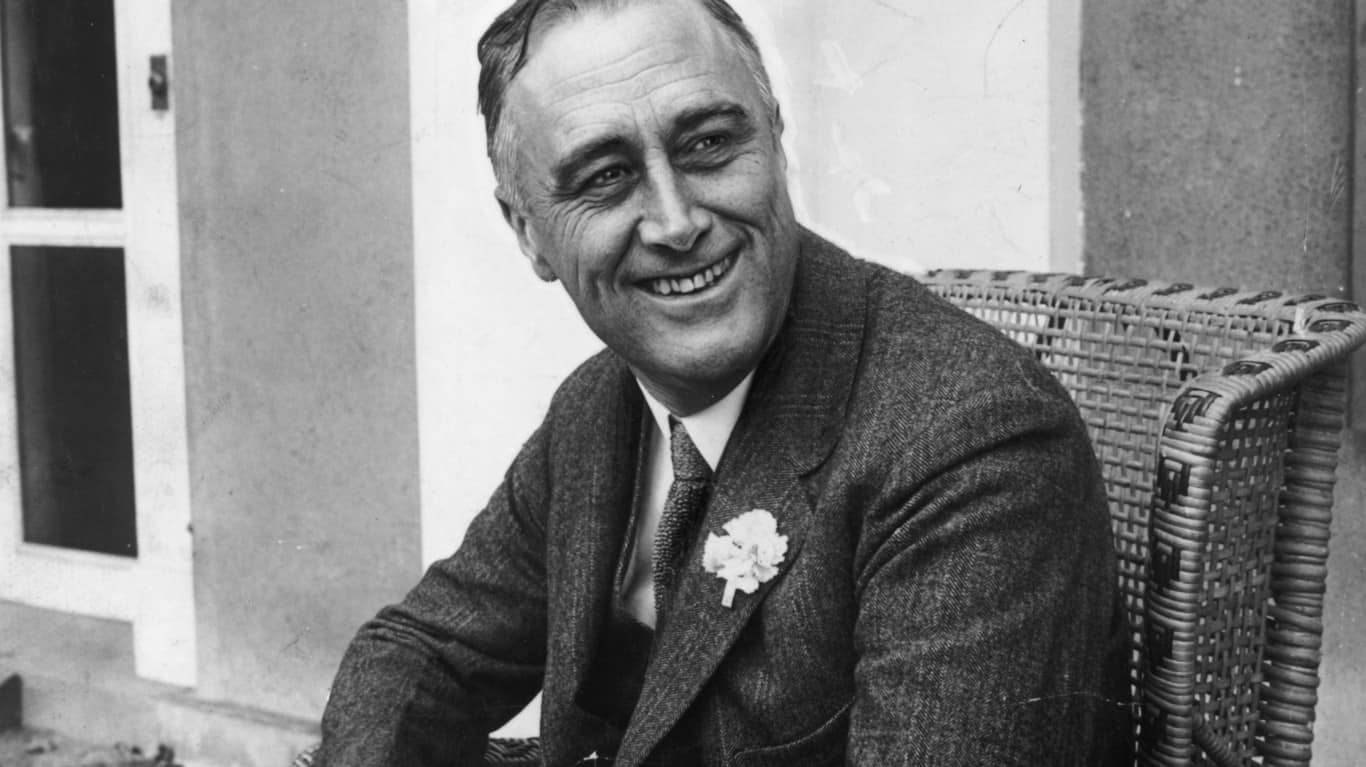
Franklin Roosevelt was giving a speech in Miami when Giuseppe Zangara fired five shots to try to kill him. He missed and the President was unharmed. However, five other bystanders were injured and the mayor of Chicago, Anton Cermak, was hit and died 19 days later. Zangara was executed by the electric chair just 5 weeks later for the murder of Mayor Cermak.
7. Huey P. Long (1935)
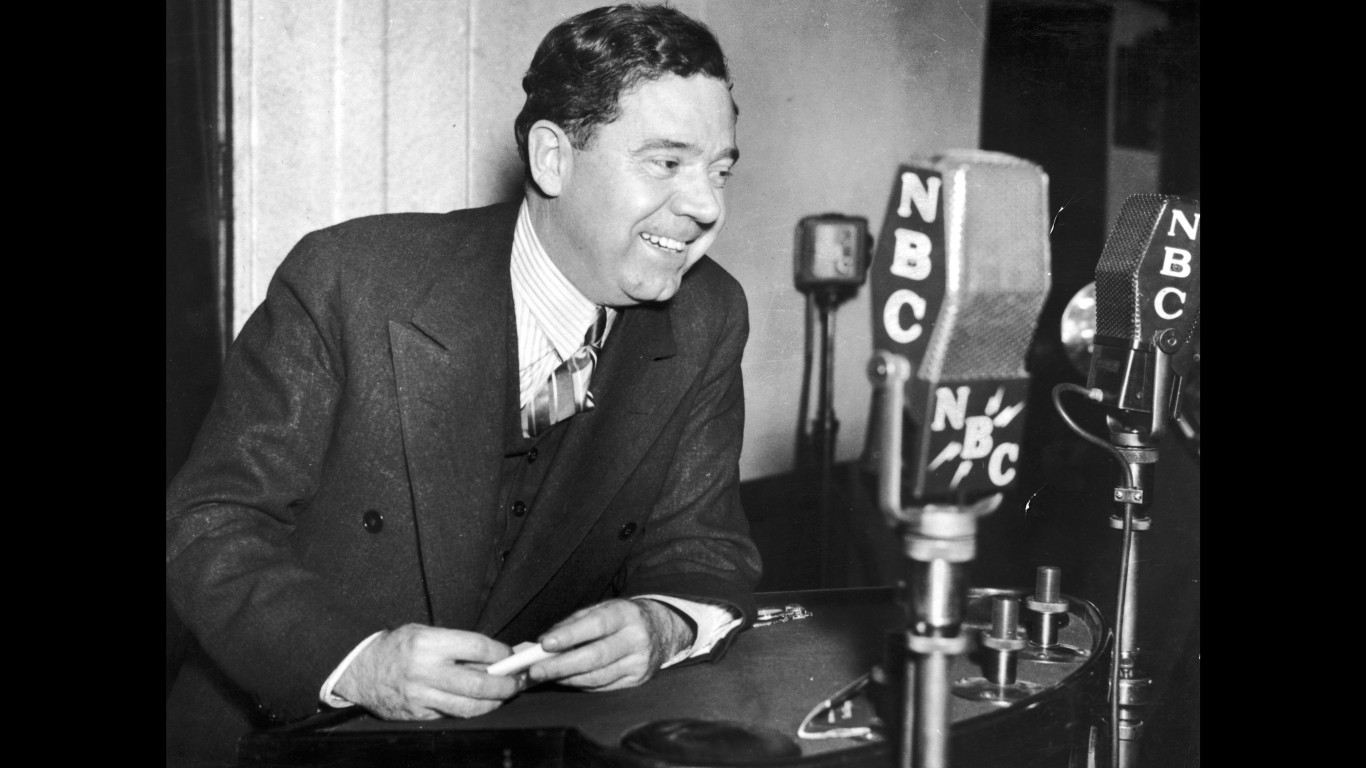
Huey P. Long was a Louisiana senator and prospective presidential candidate. He was shot and killed at the Louisiana State Capitol in 1935. However, there is some question of whether the assassin, Carl Weiss, was actually the cause of Long’s death. Many historians believe it is likely Long was accidentally killed by his own bodyguards as they fired back at Weiss.
8. Harry Truman (1950)
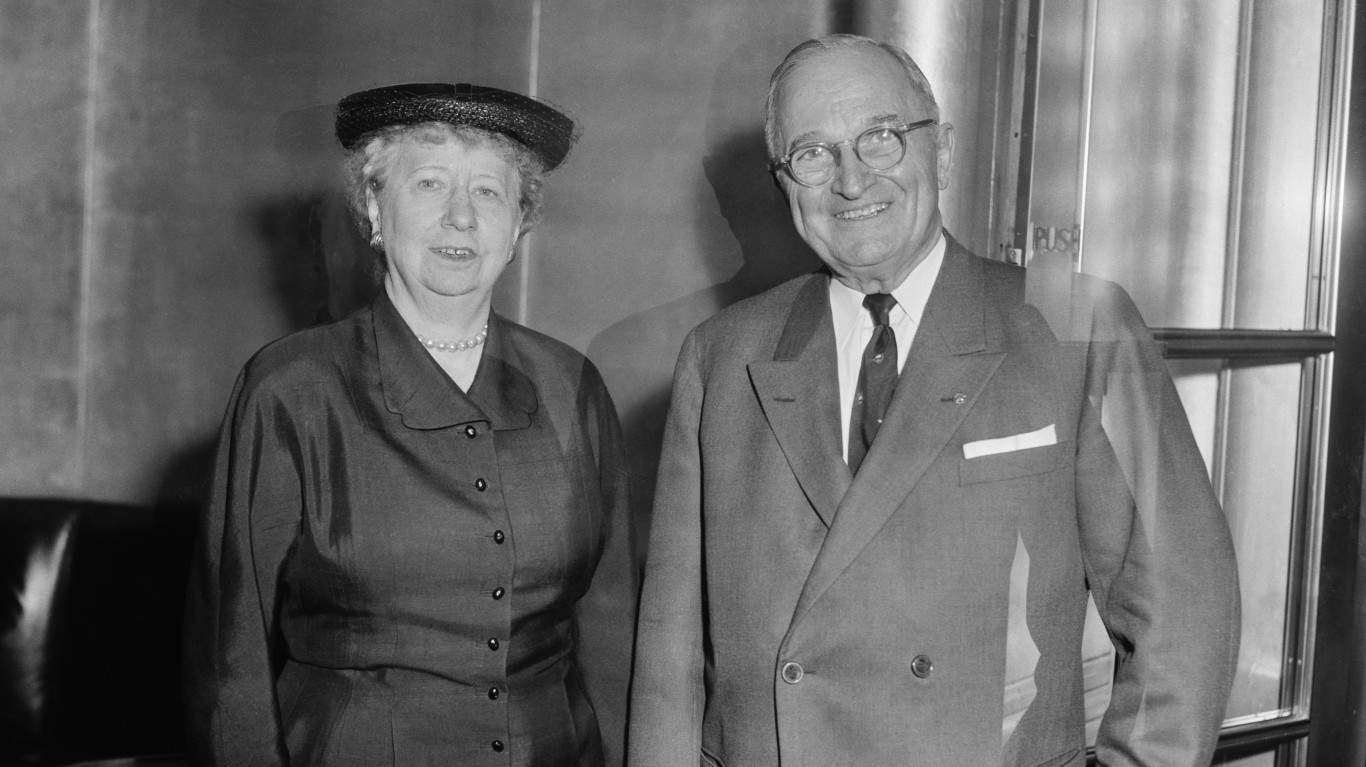
In 1950, President Harry Truman had moved out of the White House while it was being renovated. Griselio Torresola and Oscar Collazo tried to invade Blair House, the President’s temporary residence, but Torresola was shot and killed by the police and Collazo was apprehended. Truman commuted his death sentence to life in prison, and in 1979 President Jimmy Carter commuted the sentence to time served and allowed his release.
9. John F. Kennedy (1960, 1963)
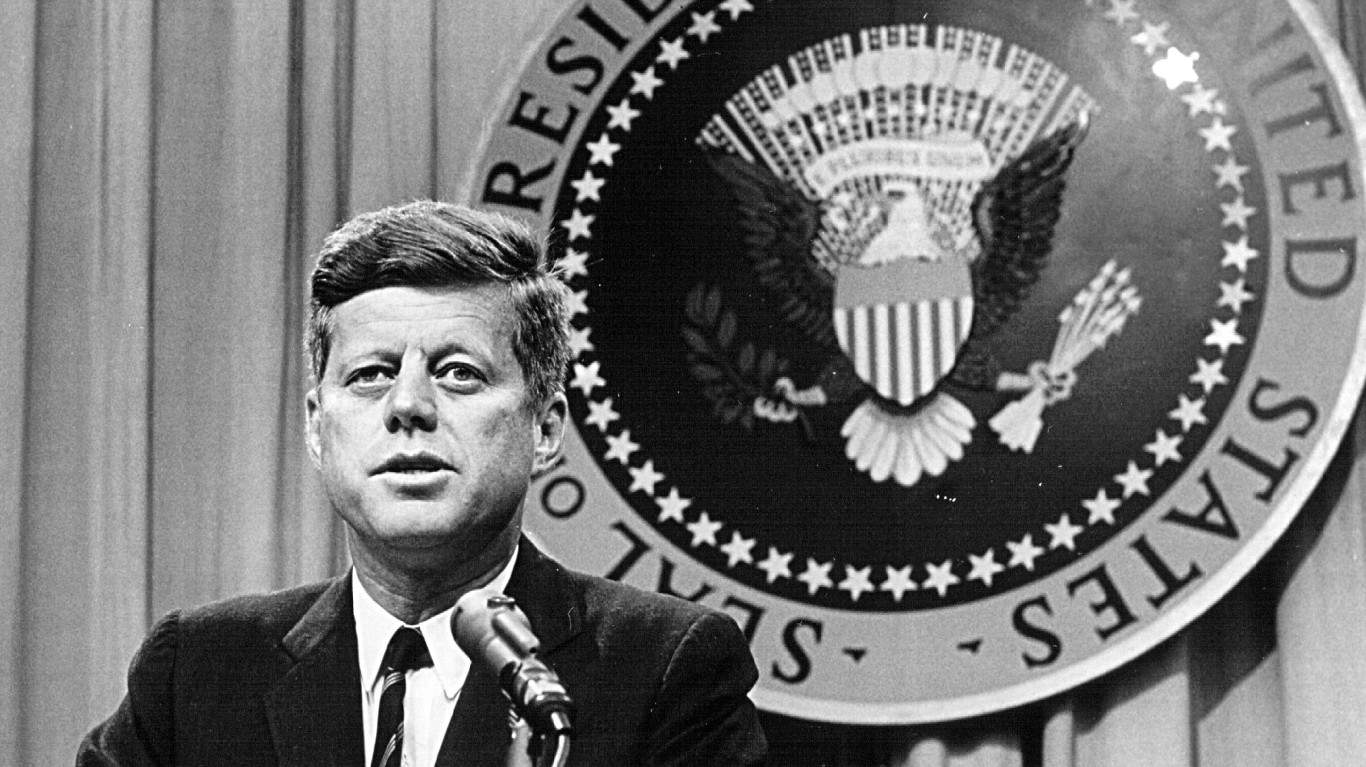
President John F. Kennedy endured two assassination attempts. In 1960, Richard Paul Pavlick intended to crash a dynamite-laden car into the President’s motorcade but changed his mind when he saw that Mrs. Kennedy and their small children were with him.
Lee Harvey Oswald had no such mercy. In 1963, he fatally shot the President in Dallas, Texas, and wounded John Connally, the state governor. Oswald himself was shot and killed by a nightclub owner named Jack Ruby two days later.
10. Robert F. Kennedy (1968)
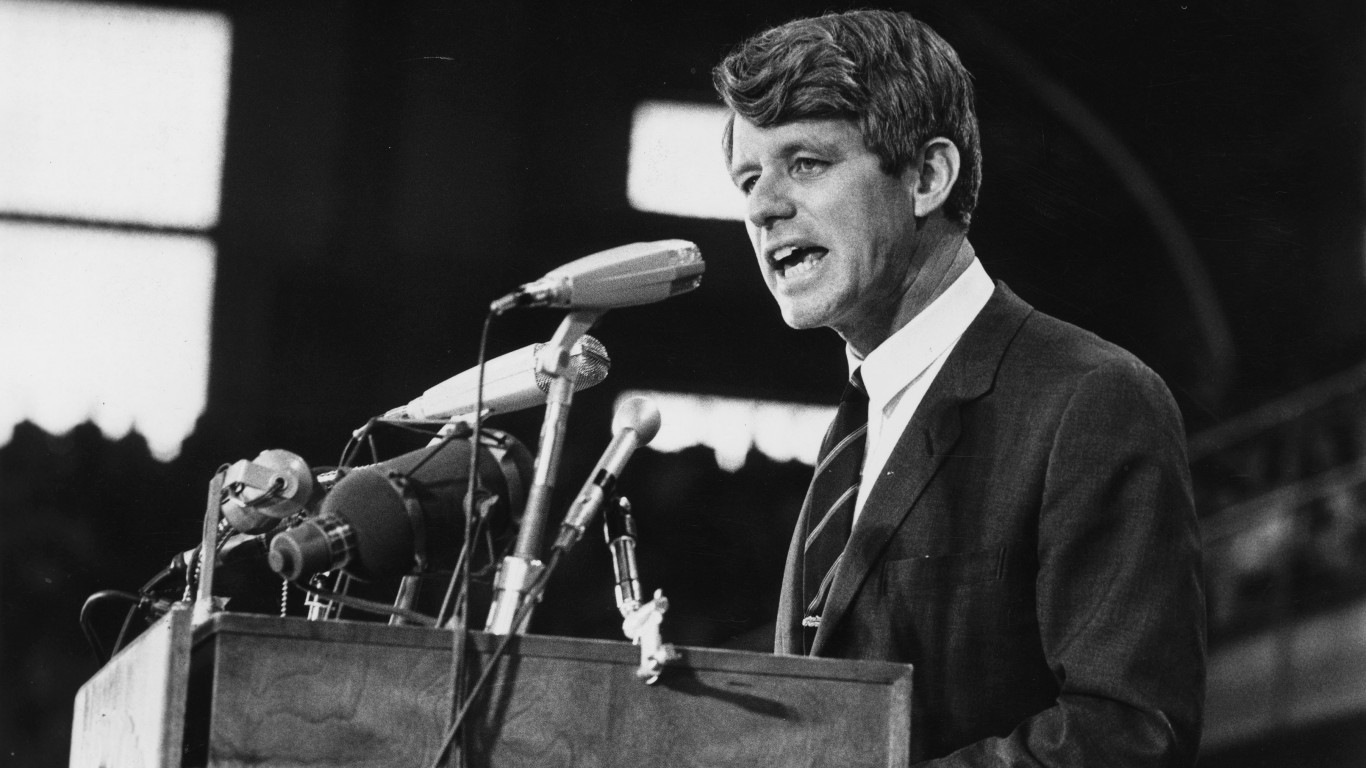
Compounding the tragedy of JFK’s assassination, five years later his brother Robert F. Kennedy was assassinated in 1968. The murder occurred in Los Angeles after he had won the South Dakota and California primaries for the Democratic nomination for President. The shooter, Sirhan Bishara Sirhan, said that he had done so “with 20 years of malice aforethought.” Sirhan is now 80 years old and was most recently denied parole in 2023.
11. George Wallace (1972)
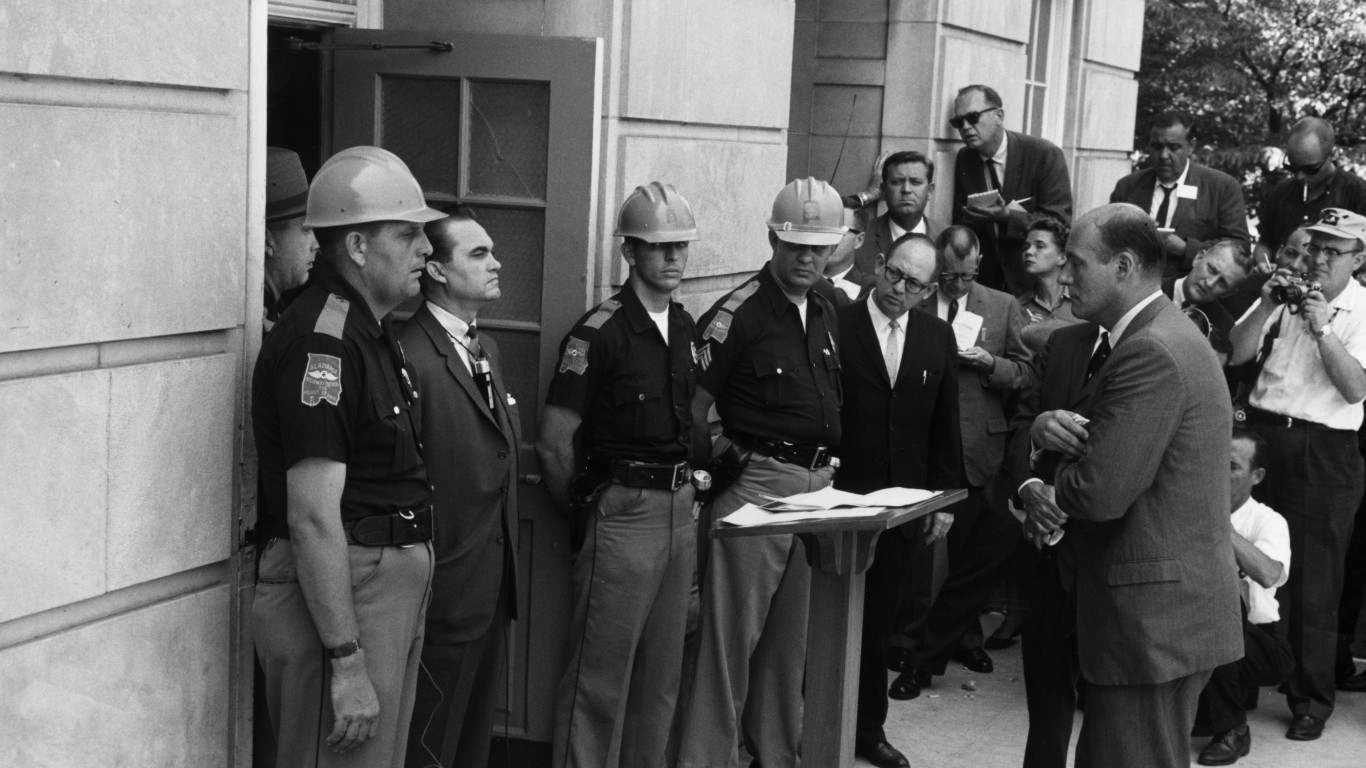
George Wallace was the former governor of Alabama, an outspoken segregationist, and a Democratic presidential candidate in 1972. Arthur Bremer, having failed in a plot to kill President Richard Nixon, switched targets to Wallace. Bremer shot him as he campaigned in Laurel, Maryland, leaving him paralyzed and wounding three bystanders. In the years following his brush with death, Wallace reconciled with Civil Rights leaders and dramatically changed his views on racial equality.
12. Richard Nixon (1972, 1974)
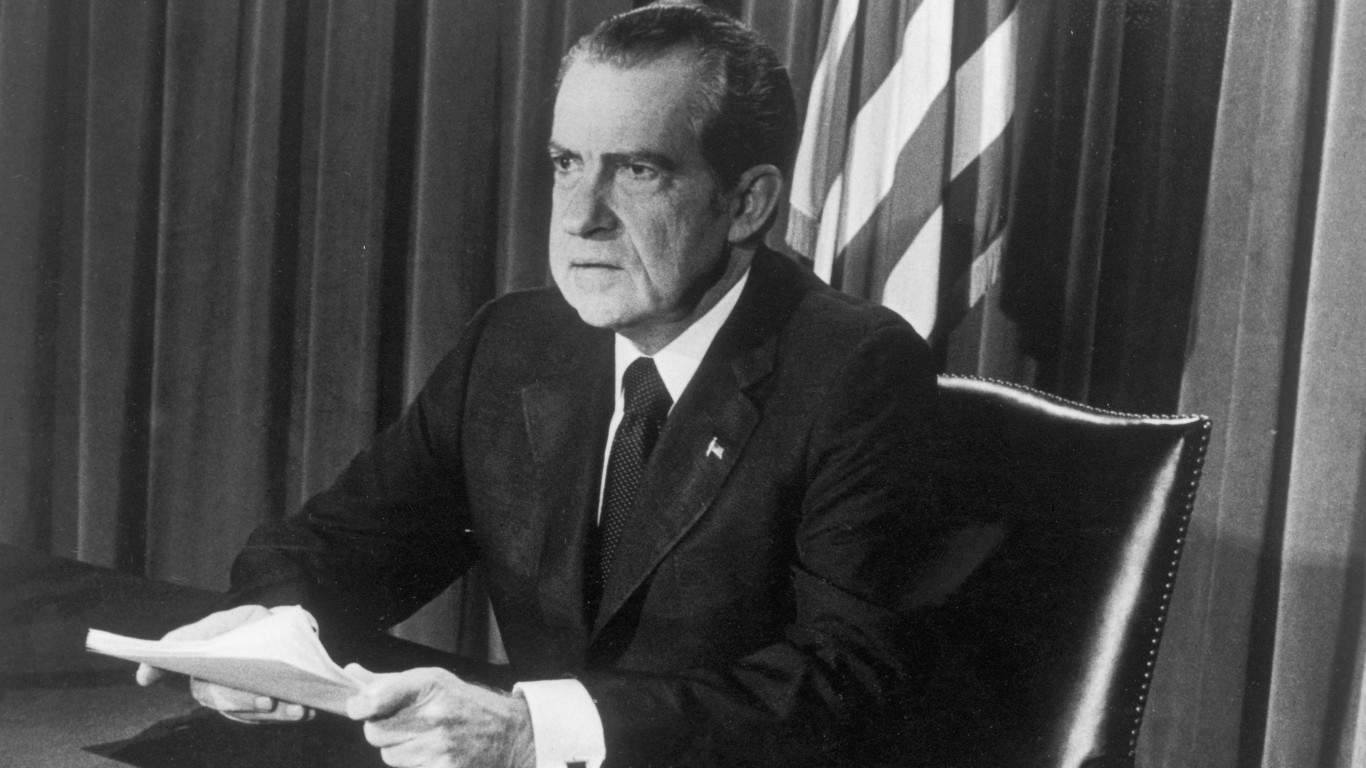
President Richard Nixon had two brushes with possible assassination. Arthur Bremer, the man who shot George Wallace, originally plotted to assassinate Nixon during the President’s visit to Ottawa, Canada. Bremer, a United States citizen, drove across the border and smuggled guns into the country but was unable to get close enough to Nixon to carry out his plan.
Another plot on Nixon’s life was foiled in 1974. Samuel Joseph Byck tried to hijack a plane at Baltimore/Washington International Airport with the intention of crashing it into the White House. He killed a police officer and a pilot but another officer shot and wounded him. Byck committed suicide before he could be taken into custody.
13. Gerald Ford (1975)
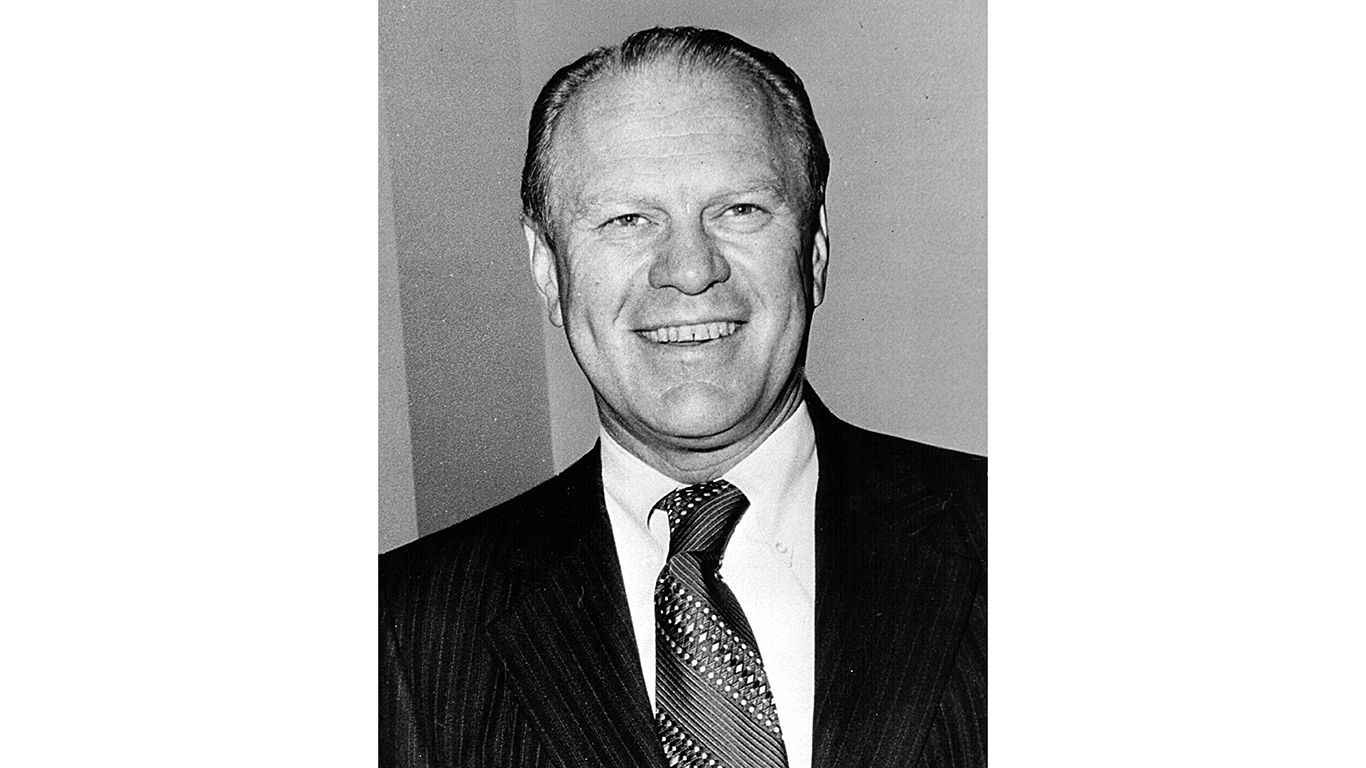
Like Nixon, Gerald Ford was the subject of two attempted assassinations, both in San Francisco just a few weeks apart in 1975. The first was carried out by Lynette “Squeaky” Fromme who was a member of the Manson crime family. She tried to shoot the President but her gun misfired. Just a few weeks later, another woman, Sara Jane Moore, fired shots at the President in San Francisco but missed.
14. Ronald Reagan (1981)
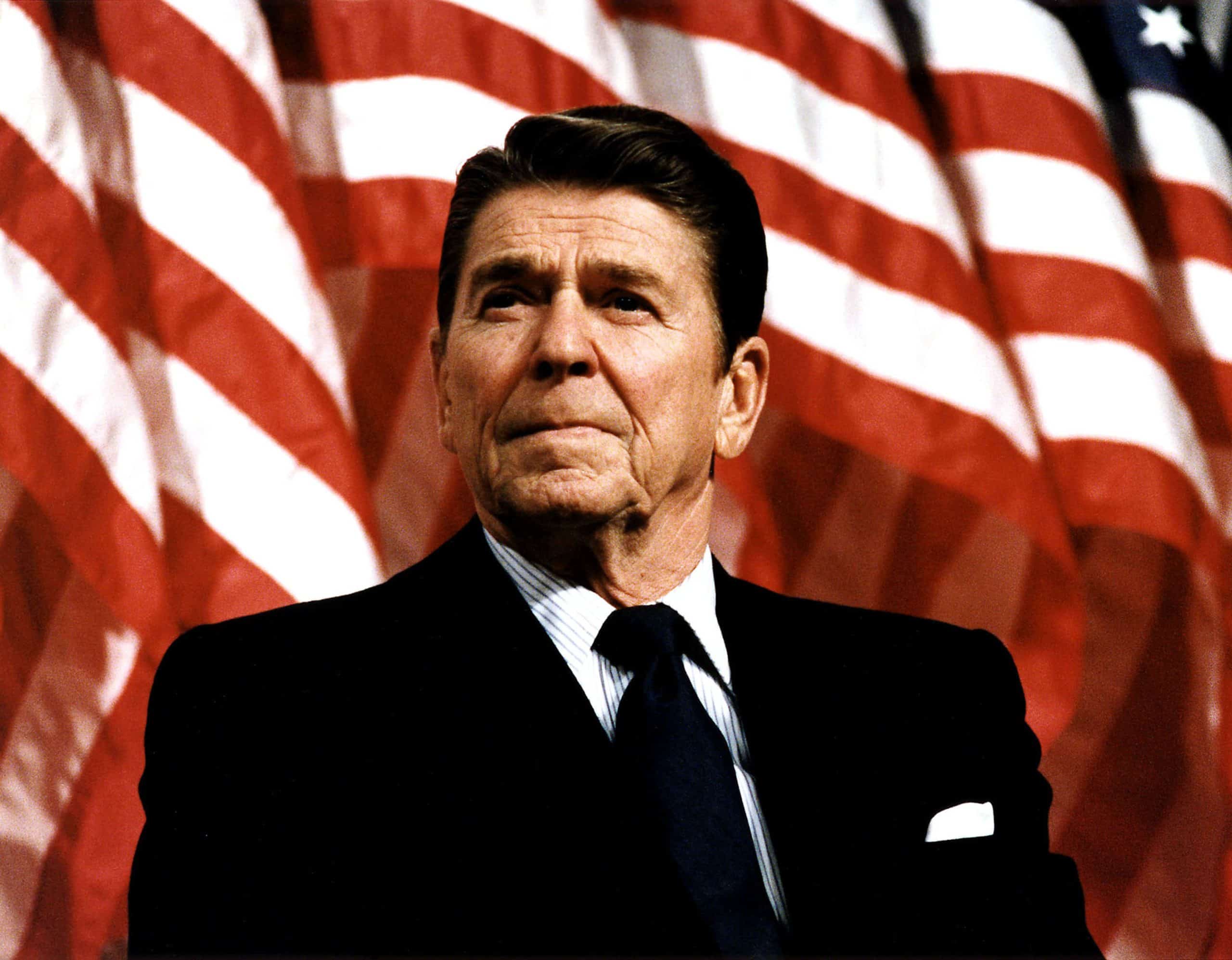
John Hinckley Jr. shot President Ronald Reagan in 1981 as he was leaving the Hilton Hotel in Washington. A bullet ricocheted off the limousine and hit Reagan in the chest, just missing his heart and grazing a rib. A special agent and a police officer were wounded. White House Press Secretary James Brady sustained a serious head wound that left him disabled until he passed away 33 years later, at which point his death was ruled a homicide.
15. George H.W. Bush (1993)
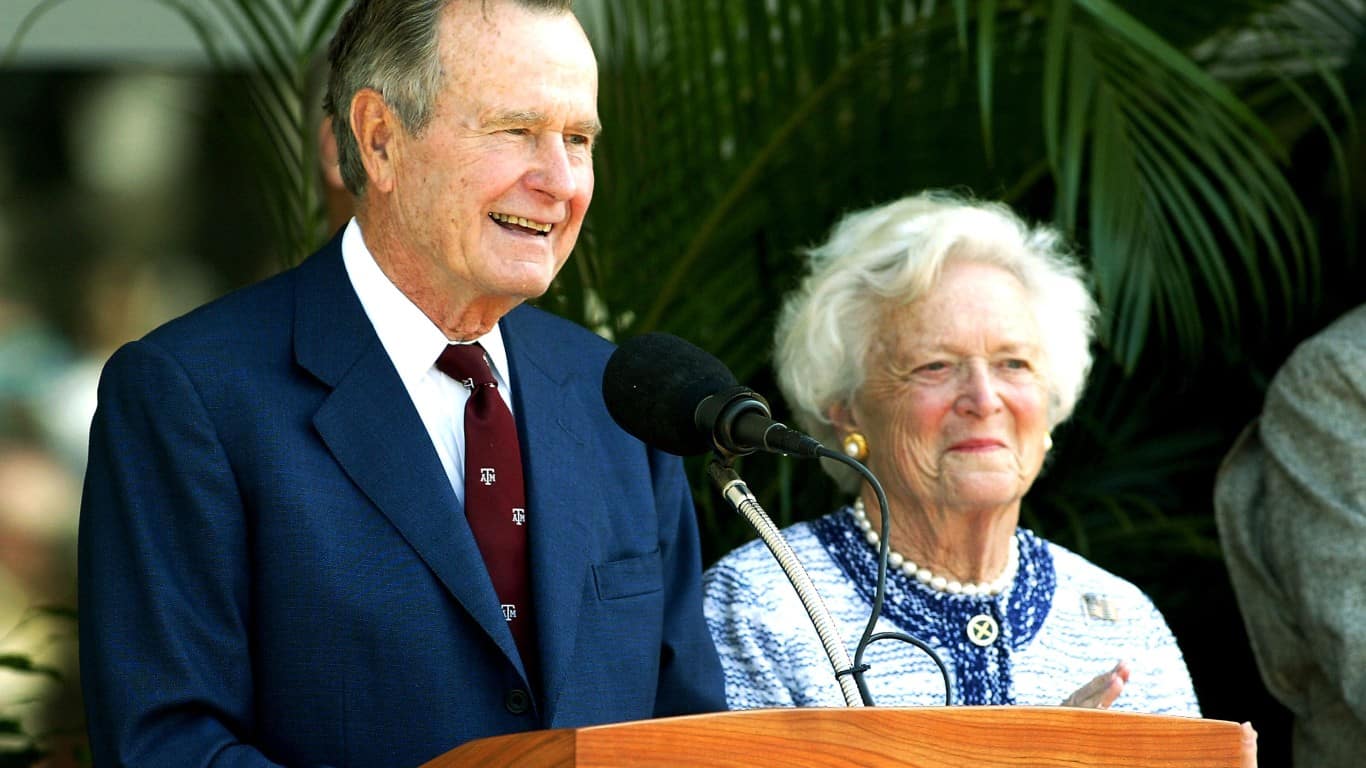
In retaliation for his defeat in the first Persian Gulf War, Iraqi President Saddam Hussein employed assassins to try to kill President George H.W. Bush. During a state visit to Kuwait, the assassins plotted to kill the President with a car bomb, but the plot was foiled and 17 people were arrested. After U.S. personnel visited Kuwait and determined the Iraqi government was behind the attempt, President Bill Clinton ordered a cruise missile strike on an Iraqi Intelligence Service building in Baghdad. In Kuwait, all but one of the defendants were charged with crimes.
16. Barack Obama (2011, 2018)
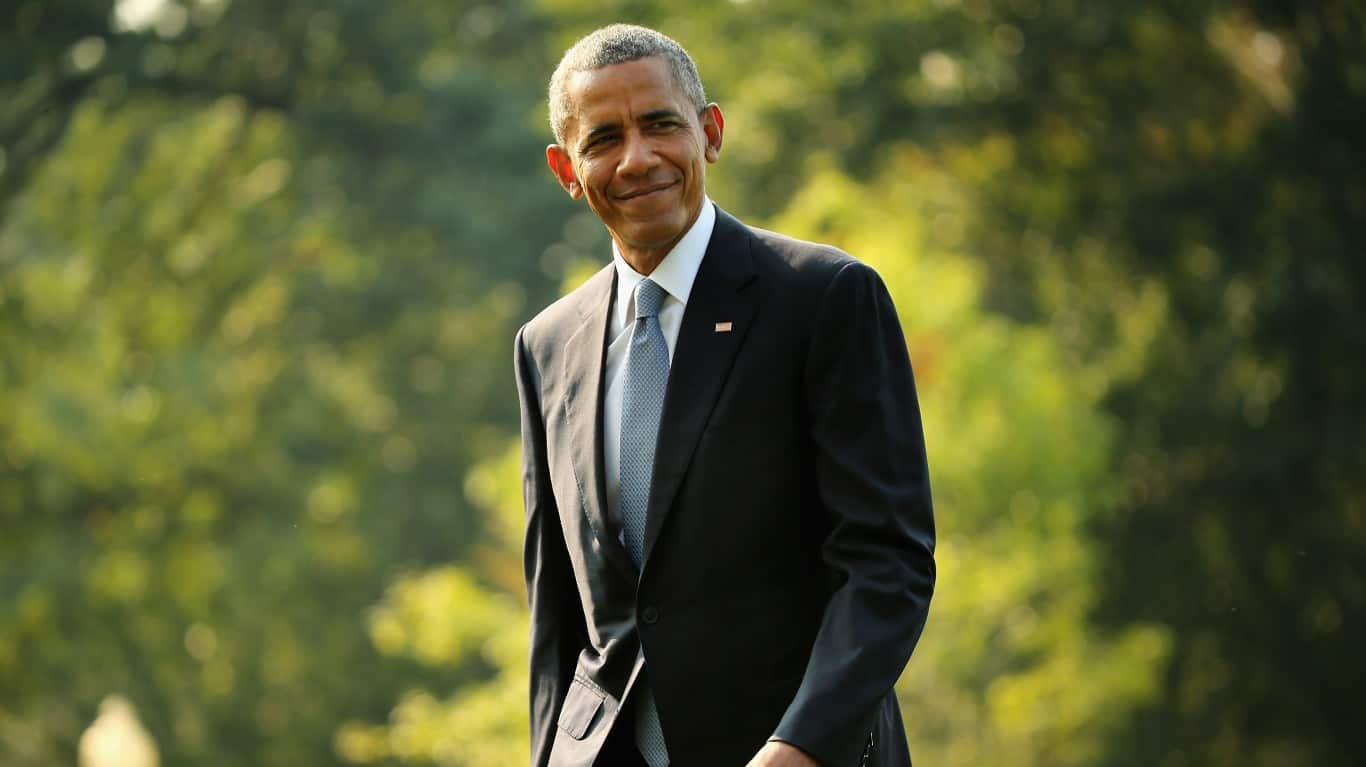
In 2011, Oscar Ramiro Ortega-Hernandez attempted to kill President Obama by firing shots at the White House. Although the building was struck, no one was injured. Seven years later in 2018, Cesar Sayoc Jr. mailed pipe bombs to Obama, Hillary Clinton, and Joe Biden. These were all intercepted and did not reach their targets.
17. Donald Trump (2024)
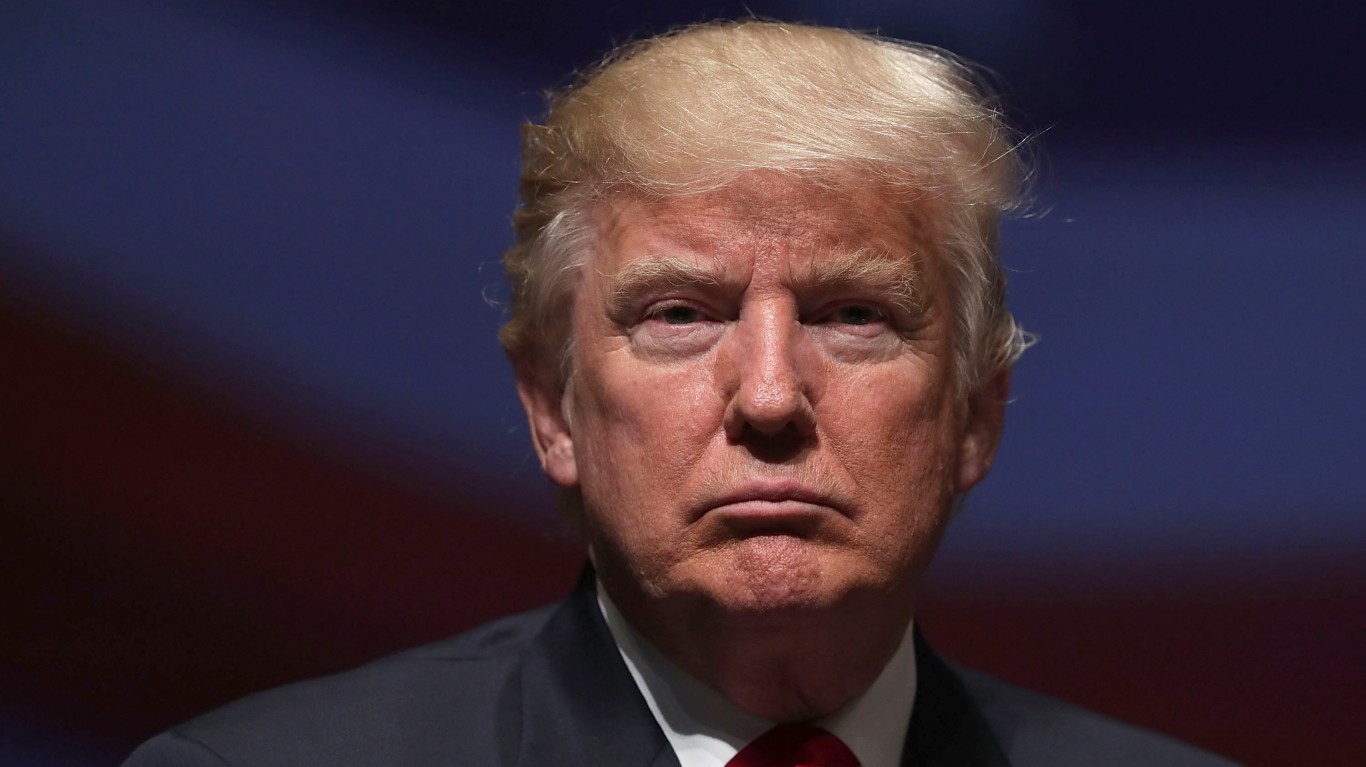
While giving a campaign speech in Butler, Pennsylvania, former President and current presidential candidate Donald Trump was shot by Thomas Matthew Crooks. A bullet grazed Trump’s ear. One spectator died and two others were wounded. The Secret Service shot and killed the would-be assassin and federal investigators began trying to unravel how such a security breach occurred.
Are You Still Paying With a Debit Card?
The average American spends $17,274 on debit cards a year, and it’s a HUGE mistake. First, debit cards don’t have the same fraud protections as credit cards. Once your money is gone, it’s gone. But more importantly you can actually get something back from this spending every time you swipe.
Issuers are handing out wild bonuses right now. With some you can earn up to 5% back on every purchase. That’s like getting a 5% discount on everything you buy!
Our top pick is kind of hard to imagine. Not only does it pay up to 5% back, it also includes a $200 cash back reward in the first six months, a 0% intro APR, and…. $0 annual fee. It’s quite literally free money for any one that uses a card regularly. Click here to learn more!
Flywheel Publishing has partnered with CardRatings to provide coverage of credit card products. Flywheel Publishing and CardRatings may receive a commission from card issuers.
Thank you for reading! Have some feedback for us?
Contact the 24/7 Wall St. editorial team.
